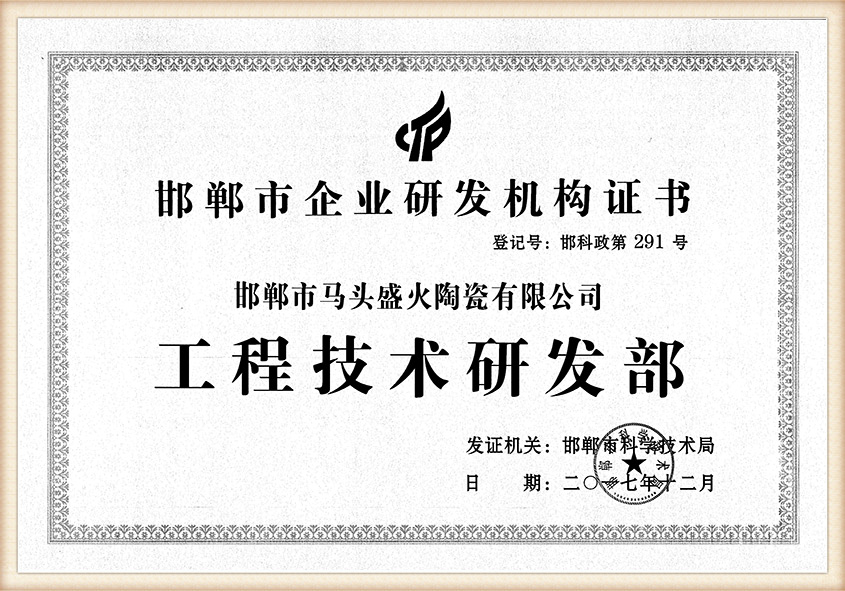The Importance of Foundry Sand Reuse in Sustainable Manufacturing
In the foundry industry, the use of sand as a mold and core material is essential for producing high-quality metal castings. However, the process of sand casting generates substantial amounts of foundry sand waste, leading to significant environmental concerns and economic challenges. The concept of foundry sand reuse has emerged as a sustainable solution to mitigate these issues, enabling the industry to conserve resources, reduce waste, and embrace a more circular economy.
Foundry sand, typically composed of silica, clay, and various additives, is used in the molding process to create shapes and textures in metal components. Once the casting is complete, a substantial portion of this sand becomes unusable due to contamination from binder materials and the thermal effects of the casting process. Traditionally, this used sand was disposed of in landfills, which not only contributed to land degradation but also involved financial costs for disposal and environmental compliance.
The reuse of foundry sand is gaining traction for several reasons. Firstly, it offers profound economic benefits. By recycling and reusing spent foundry sand, foundries can significantly cut costs associated with purchasing new sand and disposing of used sand. In a sector where margins can be tight, these savings can be reinvested to improve technology, enhance product quality, or increase workforce training. Moreover, the potential for selling treated spent sand to other industries—such as construction, where it can be used in concrete or as a base material—adds an additional revenue stream for foundries.
Environmental sustainability is another critical aspect of foundry sand reuse. The foundry industry has a substantial ecological footprint, consuming vast amounts of energy and generating waste. By implementing sand reuse practices, foundries can reduce their carbon footprint and contribute to environmental conservation. Reused foundry sand can serve as a substitute for virgin materials in numerous applications, minimizing the demand for new resource extraction and lowering the overall environmental impact.
foundry sand reuse

Several technologies and processes have been developed to facilitate the reuse of foundry sand. One common approach is to process the spent sand by removing contaminants through washing, thermal treatment, or chemical treatments. These processes can yield high-quality sand that meets industry standards for reuse. Furthermore, some foundries have established in-house recycling measures, creating a closed-loop system that provides fresh sand while reducing waste.
However, the implementation of foundry sand reuse does not come without challenges. The quality of the reused sand must be carefully monitored and controlled to ensure it meets the required specifications for casting applications. Additionally, the initial costs of setting up recycling systems and treatment processes can be a barrier for some foundries, particularly smaller operations. To address these challenges, collaboration among industry stakeholders, government agencies, and research institutions is essential. Standardizing processing methods and establishing quality control measures can promote greater acceptance and adoption of foundry sand reuse practices.
Regulatory frameworks also play a significant role in the adoption of foundry sand reuse. Policies that incentivize recycling and sustainable practices can encourage foundries to invest in reuse technologies and systems. By promoting research and development in this area, governments can help stimulate innovation and facilitate the transition towards more sustainable manufacturing processes.
In conclusion, foundry sand reuse presents a compelling opportunity for the foundry industry to enhance its sustainability while realizing cost savings and improving competitiveness. By embracing a circular economy model, foundries can minimize waste, conserve resources, and significantly reduce their environmental impact. The transition towards sand reuse will require a collective effort, but the potential benefits for the industry, the economy, and the environment are too significant to ignore. As the manufacturing sector increasingly prioritizes sustainability, foundry sand reuse stands as a key element in the transformation towards responsible and efficient production practices.
Post time:nóv . 04, 2024 21:50
Next:low pressure sand casting
